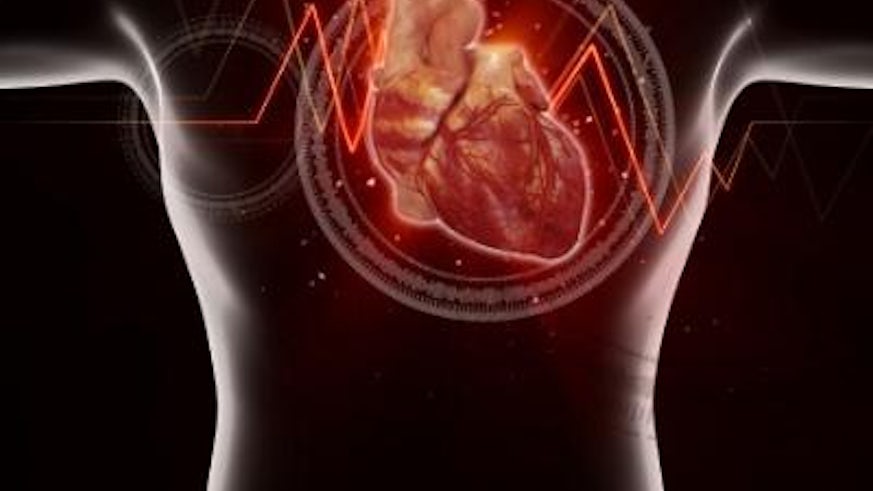The tiny flaw behind a chaotic heartbeat
18 November 2014

The landmark discovery of a tiny defect in a vital heart protein has for the first time enabled heart specialists to accurately pinpoint a therapeutic target for future efforts in developing a drug-based cure for cardiovascular diseases.
Scientists from Cardiff University and the Slovak Academy of Science have identified defects in a colossal heart protein which often leads to stroke and heart failure.
"Our research has revealed that a genetic alteration in the largest membrane protein, responsible for triggering each and every heartbeat, produces a small structural defect that alters the rhythm of the heart," said Professor Tony Lai from the Sir Geraint Evans Wales Heart Research Institute (WHRI) at Cardiff University School of Medicine.
The protein, known as the Ryanodine Receptor (RyR), provides the pulse of calcium release that is required for each heart muscle cell to contract. Scientists found that inherited mutations in this protein produce a subtle change in the pattern of calcium release, which results in an unstable heartbeat that leads to dramatic loss of rhythm and sudden death.
"For the first time we have been able to obtain a precise molecular picture of this tiny defect. This new insight into the RyR protein's intricate structure and function will assist in the development of novel therapeutic drugs that corrects this molecular defect. We now need to begin screening people for this genetic flaw, so that steps can be taken to offset their chances of developing heart disease."
For Professor Lai, who was raised in Newport, the discovery is the culmination of over two decades of research. In 1988, while working as a junior researcher with a team in the USA, Professor Lai beat researchers from the world over in the race to discover the RyR protein.
The breakthrough discovery earned him job offers from a number of elite institutions and he was eventually drawn back to his native South Wales where he landed a post in Cardiff University and forged a career in the WHRI, specialising in heart-based calcium signalling.
Professor Lai added: "The RyR protein is so fundamental to heart function. Just like in a car, if the thread of an engine valve is altered it will continue to keep going, but it may be only a matter of time before it blows and gives up – and that's the same for people who carry this defect. In people, it would take some kind of physical exertion or emotional trauma to trigger a cardiac crisis, which could lead to stroke, heart attack or sudden death."
Cardiovascular disease (CVD) is a term which encompasses all the diseases of the heart and circulation, including coronary heart disease (angina and heart attack), heart failure, congenital heart disease and stroke.
In 2011, almost 160,000 people in the UK died from CVD.
The paper:Structural insights into the human RyR2 N-terminal region involved in cardiac arrhythmias', is published today in International Union of Crystallography journal.